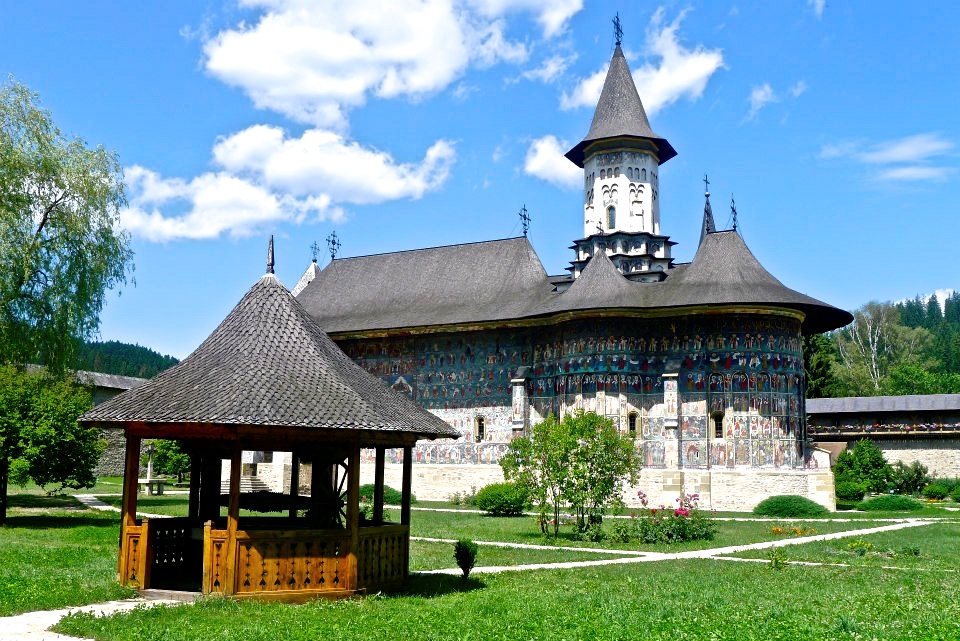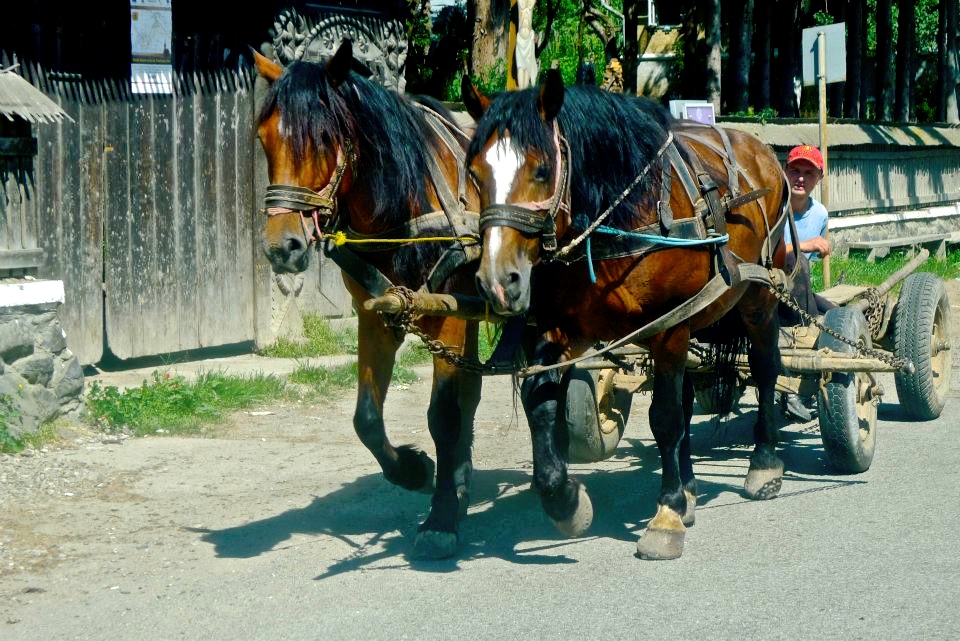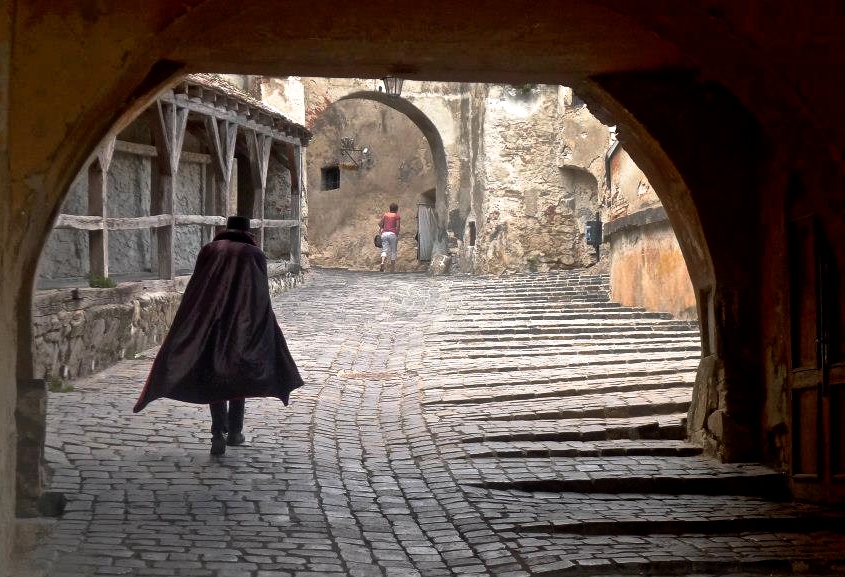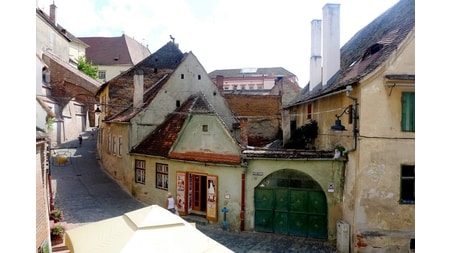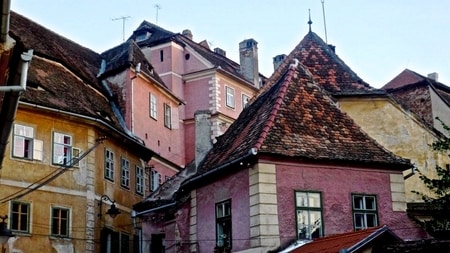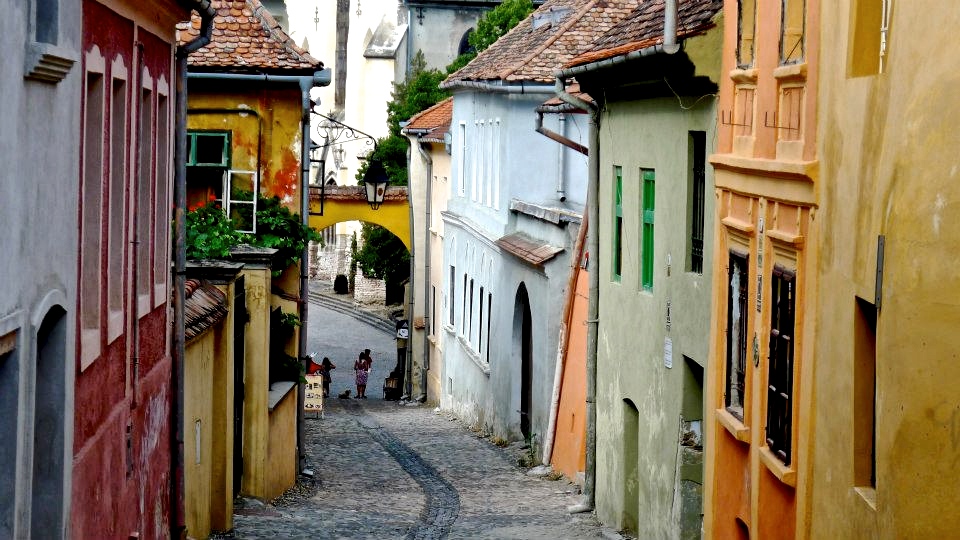
Travel in Transylvania Romania: Things to See and Do
Transylvania’s forested mountainsides and time-warped cities are forever embedded in the popular imagination. Even before arriving, most visitors can picture this fairytale land of haunted castles and fog-draped mountains. The region’s mere name conjures images of haunted stories, where Count Dracula emerges at night to suck on the blood of the innocent.
But as mythical as it seems, Transylvania is a real place. Its castles are some of the most beautiful in Europe and its cities are off the beaten path gems. Though it lies smack in the middle of Romania and offers many of the country’s top tourist attractions, travel in Transylvania is far from mainstream.
Transylvania is magical, scenic, and doused in intrigue. It is full of places to see and things to do. A place that is both etched into our imaginings, yet largely unexplored.
VISITING TRANSYLVANIA: THE HOMELAND OF DRACULA
Many of the things to do in Transylvania revolve around Bram Stoker’s fictional masterpiece, Dracula. The bloodthirsty vampire brought the mountainous region in Central Romania to life for the rest of the world.
Even travelers who (like me) never thought twice about vampires and cringed at the mere mention of the Twilight Trilogy, would be hard-pressed to visit Transylvania without following in the footsteps of Dracula.
The bloodthirsty count is as synonymous to the region as ruins are to Rome. He is everywhere, inescapable. He watches from the towers of Bran Castle and lingers in the alleyways of Sighisoara.
-
THE LEGEND OF COUNT DRACULA
Though Dracula is a fictional character, Vlad the Impaler became the inspiration behind Stoker’s notoriously bloodthirsty vampire.
Vlad Tepes, also known as Vlad the Impaler, was born in 1431 to Vlad II Dracul, the Duke of Wallachia. A member of the Order of the Dragon, Vlad the Impaler attempted to protect Christianity in Eastern Europe and defend the region from the Ottoman Empire.
Vlad II Dracul’s son earned notoriety during his rule for the brutal torture methods he employed against his enemies. His victims numbered in the tens of thousands and would often be impaled en masse, hung on stakes and lined up for for passersby to see.
Yet, despite the terror that is associated with Vlad the Impaler, he is respected—even idolized—-for his fierce campaigns against the Turks and his success as a warrior. He has become an important figurehead in Romanian history and a legend of folklore.
THINGS TO DO IN TRANSYLVANIA
Transylvania is the heart of Romania. The region is blessed with things to do—from exploring beautiful cities, to visiting Medieval castles, to adventuring out in nature. For lovers of outdoor adventure, Transylvania offers a plethora of hiking. In winter, its slopes welcome skiiers and snowboarders from around Europe.
Travelers who have limited time in Transylvania will likely want to focus on the area’s rich architectural heritage and vibrant cities. The Romanian region is home to the majority of the country’s castles, and three of the most beautiful cities in Eastern Europe.
VISIT SIBIU: ROMANIA’S PASTEL CITY
My Lonely Planet guide described Sibiu as the prettiest city in Romania and, after spending a day in the picturesque place, I could certainly see why.
Sibiu is one of Transylvania’s premier tourist attractions and undoubtedly one of Romania’s main architectural and cultural highlights.
Sibiu was our first glimpse of Romania’s delightful Saxon towns and our fist stop in Transylvania. Though it was immediately apparent that Transylvania is more developed than the Maramures region, Sibiu’s lopsided buildings and peeling paint gave the city a rustic charm.
The warped architecture almost looks as though it belong to the modern world. It gave me the sense that I was walking in another space and time–in a place with little symmetry and no straight lines.
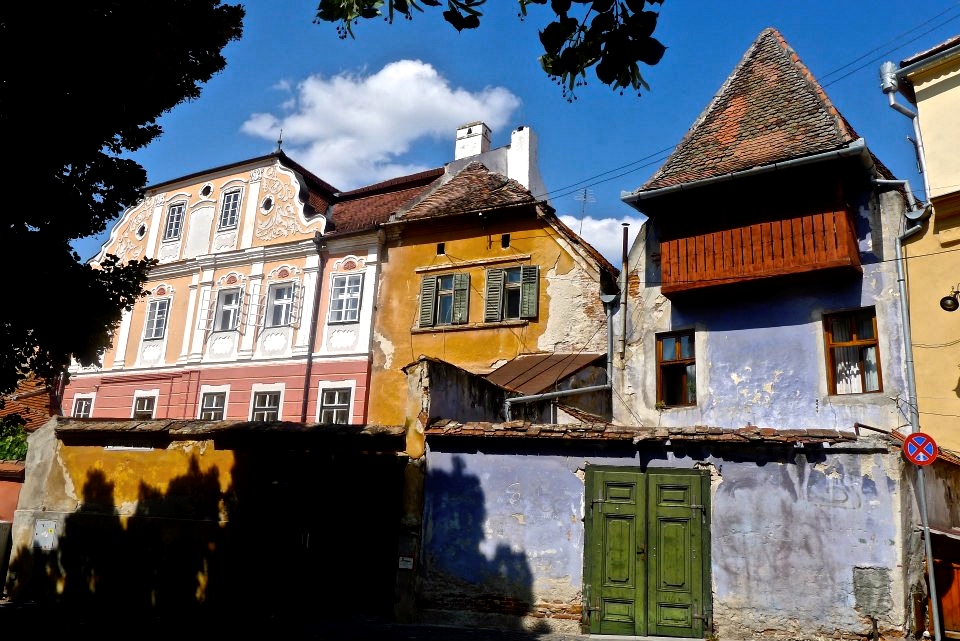
Every street in Sibiu looks like an image from a postcard. Rows of pastel-colored houses run along winding cobblestone streets that lead to the main square in the center of town.
It is beautiful.
The Saxon town dates back to the German occupation of Transylvania in the twelfth century, when the German settlers were recruited to defend the borders of Hungary. The Saxon settlers brought a cultural and architectural heritage that is unique to the region. Since Transylvania once belonged to Hungary, Sibiu beautifully blends elements of Romanian, Hungarian and German culture.
There are three main city squares in the center of Sibiu and they provide a meeting place for residents of the city. They are wonderful spots to people watch as young and old, beggars and lovers, gossip and relax after a day of work. The largest of the three, Grand Square, is surrounded by a rings of beautiful buildings and bell towers that give stunning panoramas of the city from above.
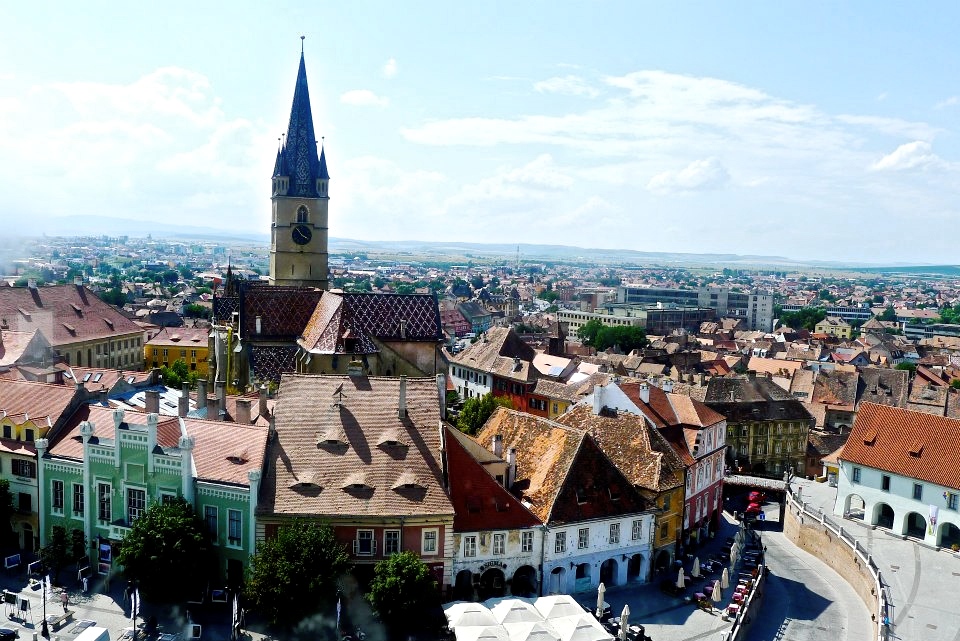
Though still relatively new as a tourist destination, the European community has recognized the beauty and importance of Sibiu and, in 2007, it was deemed the cultural capital of Europe in conjunction with Luxembourg.
WALK THE STREETS OF SIGHISOARA
Sighisoara is famous for its Saxon architecture, its maze of picturesque cobblestone streets and its fairytale setting. Yet, most of all, the town is known as the birthplace of Count Dracula
In order to better understand the fear and fascination associated with vampires, I picked up a copy of Bram Stoker’s novel while in Sibiu and read through it voraciously during the two relaxed days I spent in Sighisoara.
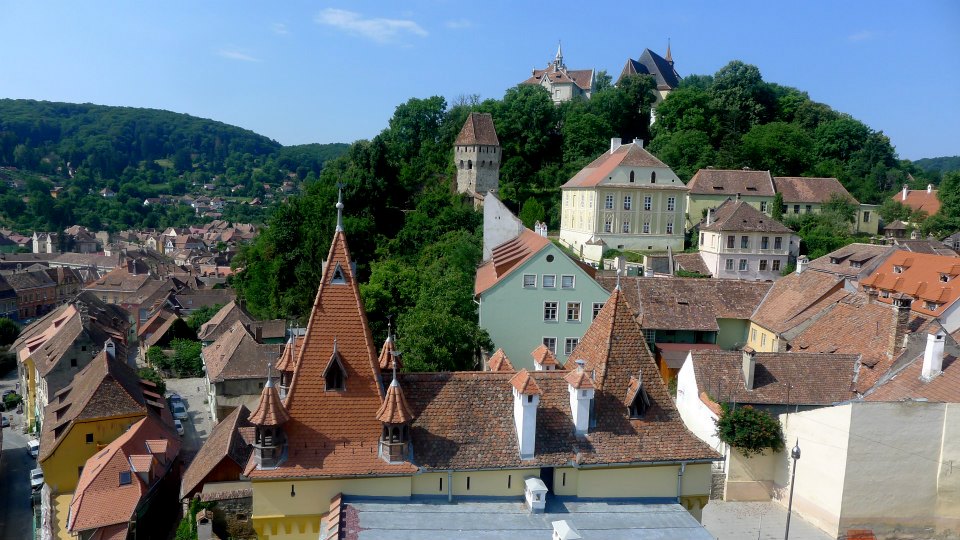
Sighisoara is beautiful and attracts numerous tourists both for its architectural uniqueness and for its connections to Vlad the Impaler.
As the homeland of Dracula, it is the most touristy town in Romania. For the first time during my visit to Romania, I saw crowds of tourists, tacky souvenirs and more hotels than houses.
Yet, though Sighisoara could fall under the category of a “tourist trap,” visiting the pretty hill town is a must for anyone traveling to Romania. Its winding streets, pastel-colored houses and rows of slanted roofs give the city a charming fairytale aesthetic.
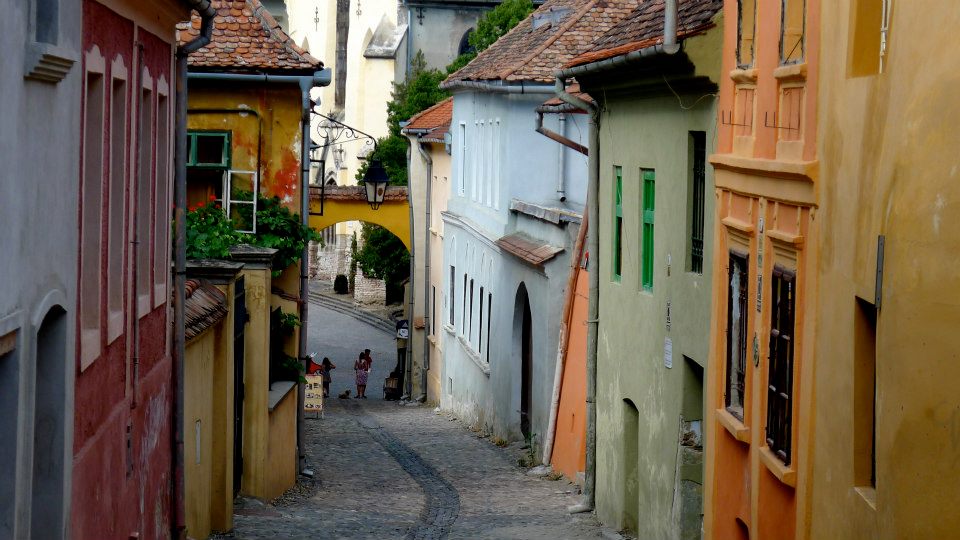
I spent two days absorbing the charm of the tiny walled city and took our time visiting the sites, which included a fortified Saxon church, a covered wooden staircase, and a thirteenth century bell tower with an impressive astrological clock that reminded me of the Glockenspiel in Munich.
ENJOY THE SAXON ARCHITECTURE OF BRASOV
After spending two lazy days in Dracula’s birthplace, I took a rickety train to Brasov, another famous Saxon city. Brasov is a vibrant city, with stately colored buildings, pretty pedestrian drags and a black church that dominates the city’s historic center.
The Black Church is the largest Gothic cathedral between Vienna and Istanbul and it gained its name after Habsburg invaders set off a fire that charred its exterior in 1681. It is among the top things to see in Brasov.
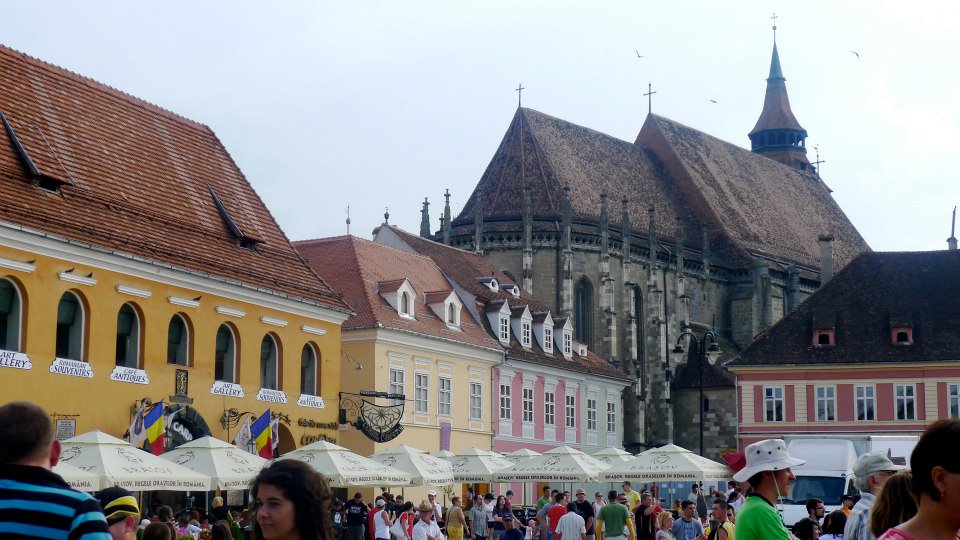
During my time in Brasov, I walked the city’s streets, took a tram to the top of a mountain for an aerial view of the city, found the narrowest street in Europe, and ate delicious food in the outdoor cafes that line the pedestrian boulevards.
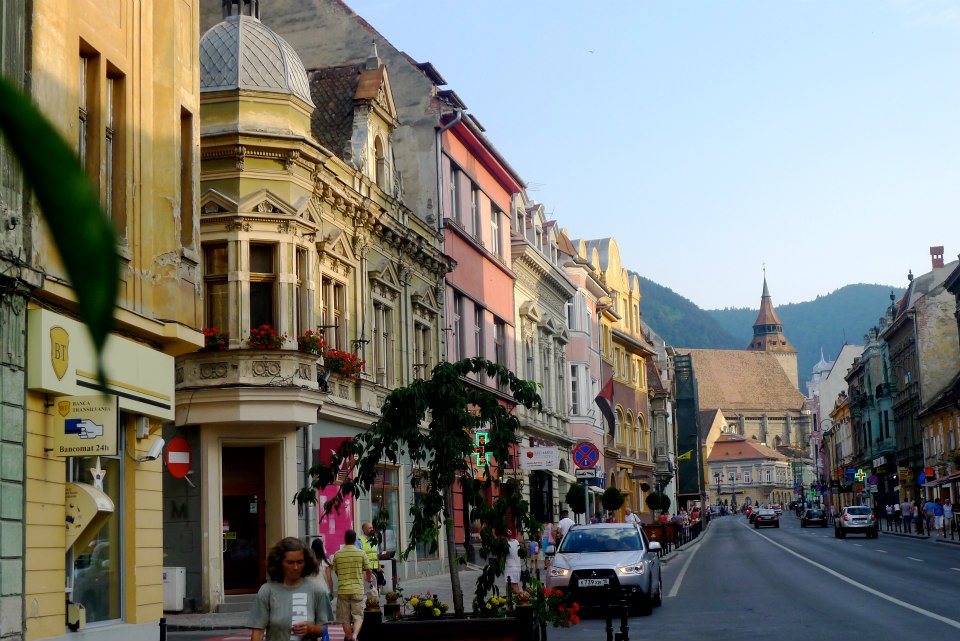
Like many other tourists, however, I primarily used Brasov as a springboard for visiting the beautiful castles of Transylvania—Rasnov, Bran and Peles.
EXPLORE THE CASTLES OF TRANSYLVANIA
Exploring the castles of Transylvania is among the top things to do in Romania. These storied structures add to the region’s allure and rival those found nearly everywhere else in Europe.
The Bran Castle is a symbol of Romania and one of the top places to visit in Transylvania. The castle’s association with Count Dracula has put it at the very top of many Romania bucket lists.
Yet, while not every Romanian castle is as famous as Dracula’s Bran Castle, they are all worth visiting.
-
RASNOV CASTLE
The Rasnov Castle sits roughly an hour south of Brasov, overlooking a town that shares its same name. The Teutonic Knights built the castle in 1215. Parts of it are remarkably well preserved.
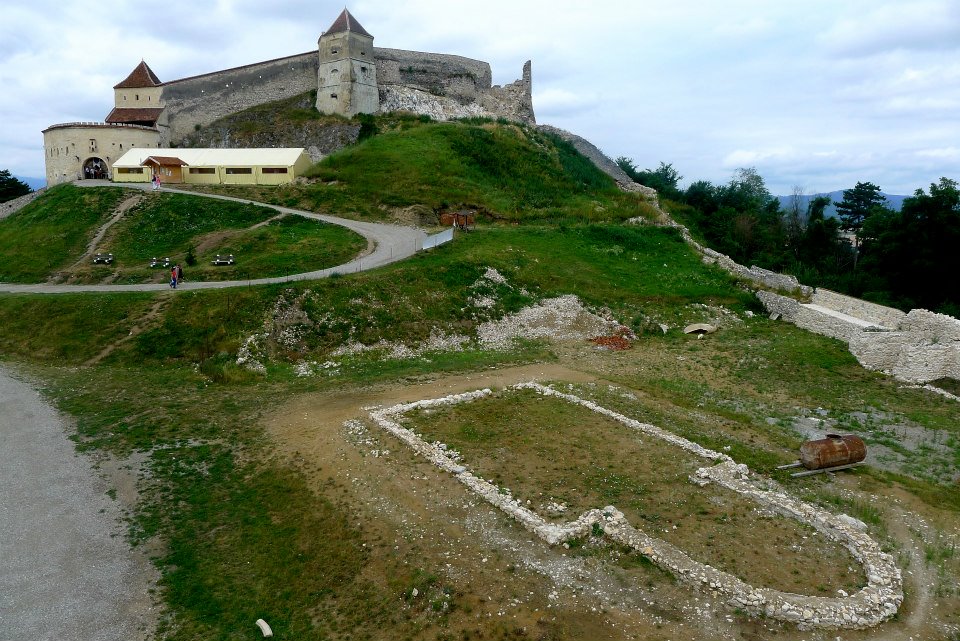
In truth, Rasnov is more of a walled city than a traditional castle. Within its walls, it is possible to experience what village life must have been like, for the streets and buildings remain largely intact.The citadel contains pretty houses with balconies, narrow streets and a 143-meter deep well that took 17 years to build.
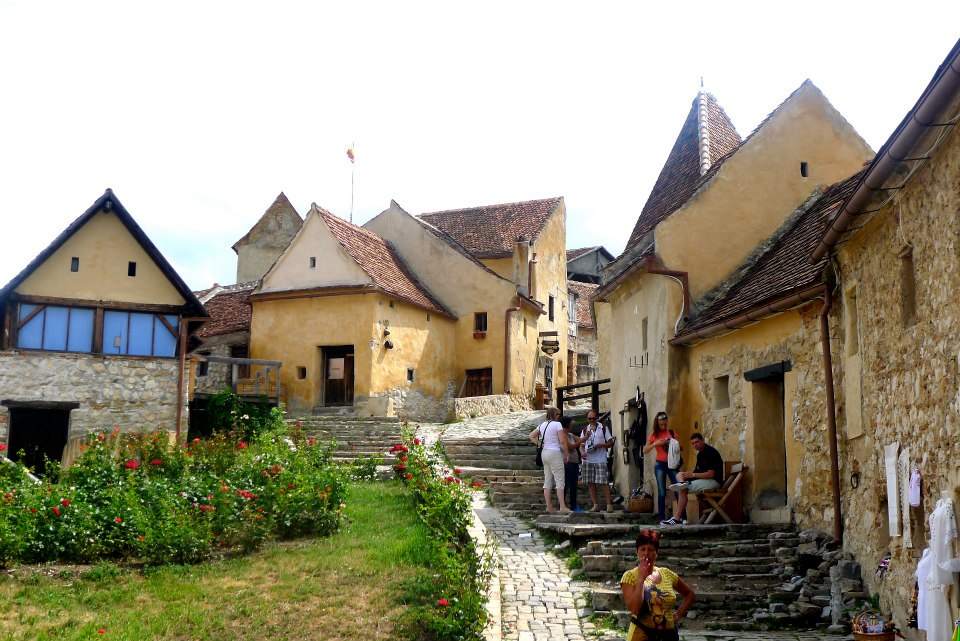
From the highest tower, visitors are rewarded with stunning view of the beautiful and expansive plains that flank all sides of the castle.
-
BRAN CASTLE
From Rasnov, I took a bus to the Bran Castle—perhaps Transylvania’s most popular tourist attraction.
Despite the hype, I enjoyed the castle’s gorgeous setting and marveled at its whitewashed fairytale turrets. Bran Castle is far more than just an over-hyped tourist trap. Its interior contains sixty rooms, many of which are adorned in riches, ornate furniture and pretty paintings.
The Teutonic Knights built the Bran Castle in the early 1200s. It is dramatically positioned on a rocky outcrop overlooking the village of Bran.
In the 1400s, the Bran Castle was used as a defense against the encroaching Ottoman Empire. Five centuries later, the castle lost its strategic significance and became a royal residence of Queen Marie.
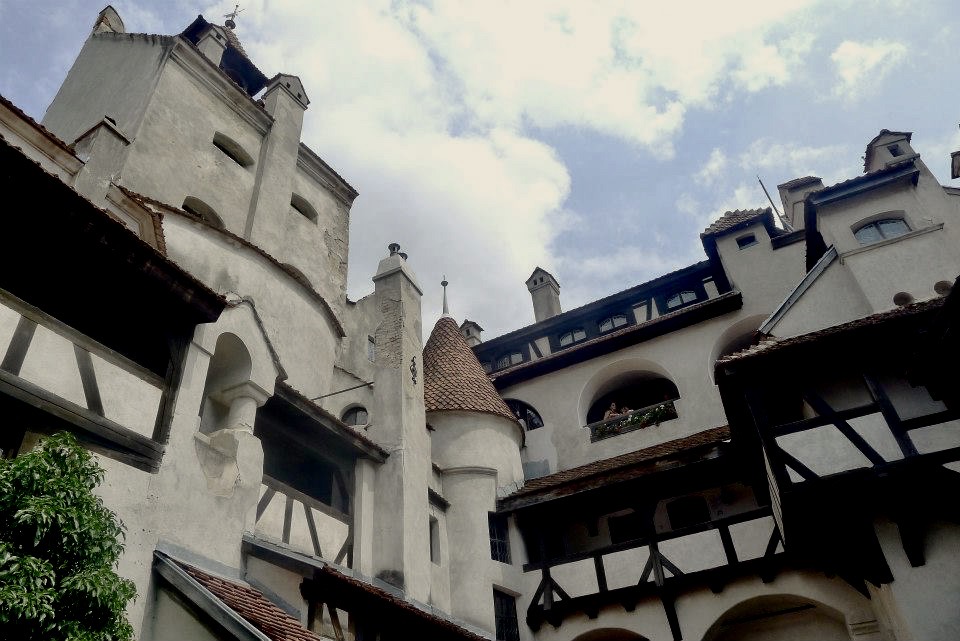
Though Bram Stoker makes no mention of the Bran Castle in particular, people have associated its narrow corridors, secret passageways, mountain setting and dramatic appearance with the descriptions in Stoker’s novel. In truth, however, there is significant controversy over whether the castle even had anything to do with Vlad the Impaler.
Many argue that Dracula’s real castle lies in another area of the country altogether.
-
PELES CASTLE IN SINAIA
Peleș Castle is perhaps the most beautiful in all of Romania—a country well known for its castles.
The Peles Castle was built in the mid-1800s as a summer retreat for King Carol I. It is a Neo-Renaissance style structure, renowned for its stained glass from Switzerland, numerous beautiful paintings and rooms that draw from various cultural influences. It was the first castle in Europe to be complete with electricity and running water and contains a courtyard with carved statues that overlook a clearing in the forest.
Situated amongst the forested mountains of Sinaia, it is an unmissable East European gem.
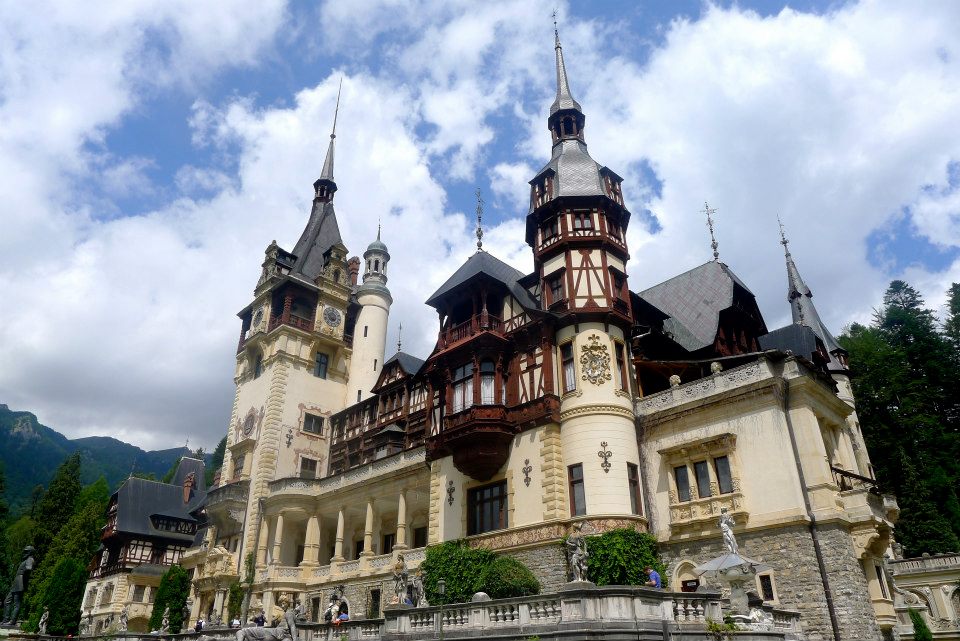
The Peles Castle is Romania’s ultimate fairytale palace. The castle reminded me a bit of the chateaus in the Loire Valley and Neuschwanstein Castle in Bavaria, with its elaborate spires, intricate exterior and surreal setting.
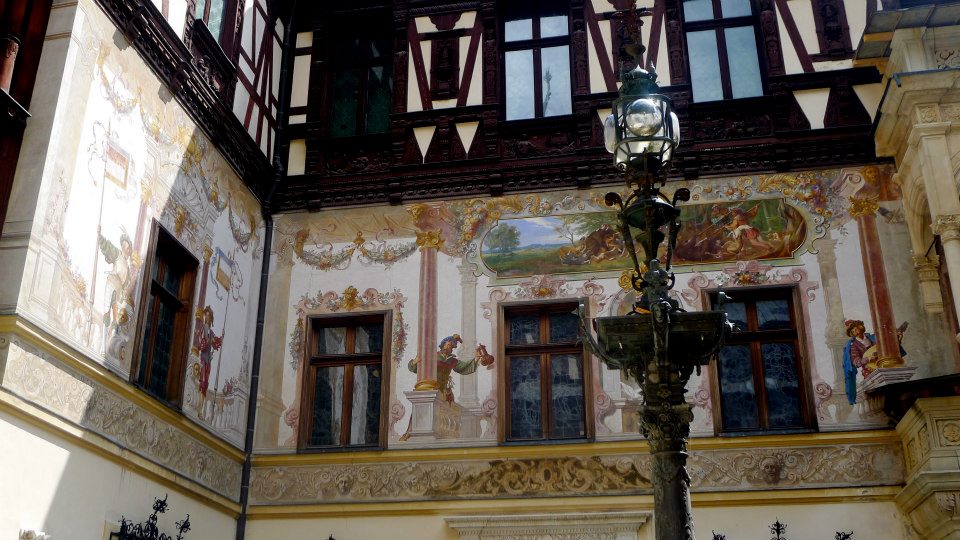
I visited the ground floor of the castle on a compulsory tour. The tour brought showcases the castle’s elaborate themed rooms. One room reflected Moroccan style, with stucco and geometric art. Another had decorative paneling and likely the most beautiful carved wooden staircase I have ever seen. In each room, I saw an overload of jewel-encrusted weaponry, carvings, paintings and intricate furniture.
****
Transylvania is a highlight of Romania’s tourist circuit. Alongside Maramures and Bucovina, it provides a glimpse into the Europe of old—where quaint carless streets meander though colorful villages and fairytale castles dot the mountainsides.
Despite flying largely under the tourist radar, there are tons of reasons to travel to Transylvania. The area is full of things to do and places to visit.
So even if you’re not quire sure what to think about vampires, pack some garlic in your suitcase and keep your eyes peeled as you head out into the heart of the stunning and storied region.
